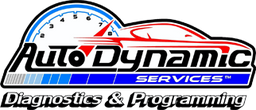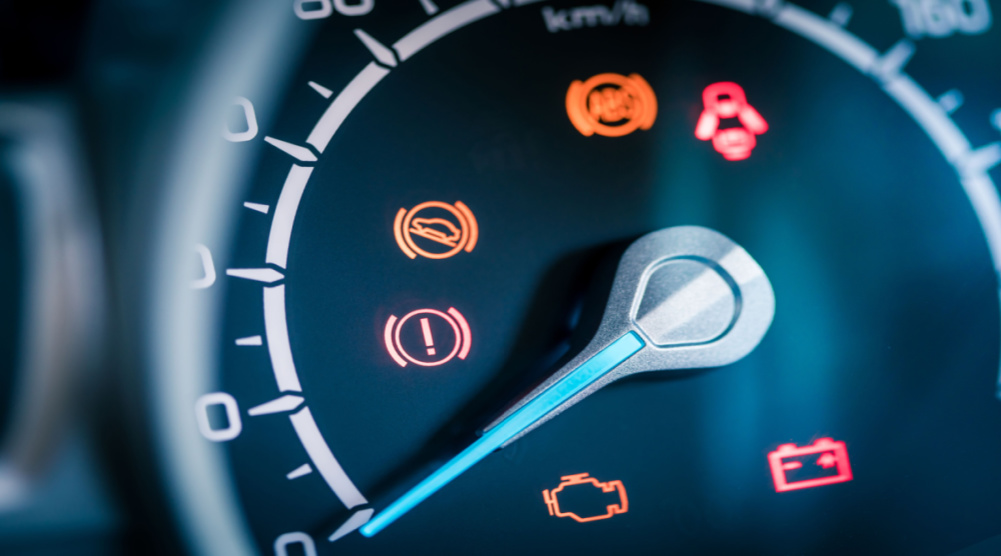The Advanced Driver Assistance System (ADAS) involves a combination of active and passive safety systems meant to eliminate human error when operating a vehicle. This system uses advanced technologies to help the driver when operating the vehicle and thus helps improve performance and safety. It uses a combination of sensor technologies to learn about the world around the vehicle and then provides information to the driver or takes action based on the situation. Automotive programming in Las Vegas has an important role to play in ADAS.
ADAS can sometimes malfunction and create issues for drivers. What are these common malfunctions and what may be causing them? At Auto Dynamic Services, we would like to answer this question.
About Advanced Driver Assistance Systems
ADAS relies on cameras, lasers, radars, and sensors to detect, gather information, and analyze the situation around the vehicle. The system has a control unit that uses all the gathered and analyzed information to alert the driver and in certain scenarios intervene to prevent a collision or to retain the vehicle in its lane. The design and functionality of this automotive technology in Las Vegas will vary between different models. However, this system is eventually designed with one goal in mind – safety.
The underlying automotive programming in Las Vegas technology includes both semi-autonomous and autonomous features designed to minimize the risk of crashes due to human error. Some of the most important of these systems include:
- Adaptive Cruise Control: This system automatically maintains a safe distance from other vehicles using speed regulation. The system involves relies on radars and sensors for this purpose.
- Forward Collision Warning: It will alert the driver of an imminent forward collision risk.
- Lane Departure Warning: It will alert the driver when the vehicle starts drifting from its lane or the road.
- Lane Keep Assistance: It will take over the steering functions when it detects the driver is beginning to veer off the road or has come too close to the centerline.
As with any other system, you cannot rely blindly on this automotive technology in Las Vegas.
Common Malfunctions in ADAS
Some of the common malfunctions experienced by drivers in their vehicle’s ADAS are as follows:
Getting Locked on to a Vehicle in the Front
The ADAS getting locked on a vehicle in front is one of the most commonly occurring malfunctions in its system. It has caused many collisions, including fatal ones. When that other vehicle changes lanes instantly, your car can collide with a stopped vehicle in front of it. Usually, the automotive programming in Las Vegas is in such a way that the system should ignore stationary objects. Even when it identifies the stopped vehicle in front, it may be too late to halt the vehicle.
Emergency Braking System Issues
The other common malfunction with the ADAS is in the way the emergency braking system is designed to work. Adaptive cruise control has been found to ignore stationary objects at times. And this affects automatic emergency braking, rendering it ineffective. It is worth knowing that the two systems – adaptive cruise control and automatic emergency braking are interlinked.
Most ADAS use radar to determine the distance from other vehicles. While radar is highly effective in determining object speeds, it is not the same case when it comes to defining objects around your vehicle. So, ADAS are usually designed to ignore stationary objects.
Active lane-keeping assistance and other systems within ADAS are not connected to automatic emergency braking or adaptive cruise. This means the system doesn’t have external reference and cannot deal with a vehicle that has become stationary in its path ahead.
When you pay close attention, a sudden manual application of the brakes or lane change can probably prevent a crash in the above-mentioned scenario. So, it is recommended to be attentive even when your vehicle’s ADAS seems to be working fine.
How to Know If Your ADAS Has an Issue?
There are times when ADAS calibrations in Las Vegas will be required for your vehicle. Some of the signs that the system may be at fault or works after which ADAS requires calibration are as follows:
- The dashboard shows a fault
- The camera has been disconnected for any reason
- The windscreen has been replaced
- The suspension has received some work
- Wheel alignment work has been done
Windscreen replacement has a big impact on the ADAS system. If any of the following components or systems have been replaced or repaired, your vehicle will need mobile ADAS calibrations in Las Vegas:
- Adaptive headlights
- Adaptive cruise control
- Automatic parking
- Blind spot monitor
- Automotive night vision
- Collision avoidance system
- Driver monitoring system
- Driver drowsiness detection
- Forward collision warning
- Traffic sign recognition
- Lane change assistance
- Lane departure warning system
- Pedestrian protection system
This automotive technology in Las Vegas plays an important role in preventing collisions and saving lives. At the same time, it is important that drivers pay attention to the road and ensure timely calibrations to this system. If you need more information and guidance, feel free to contact Auto Dynamic Services at 702.439.6083 or write to us.

